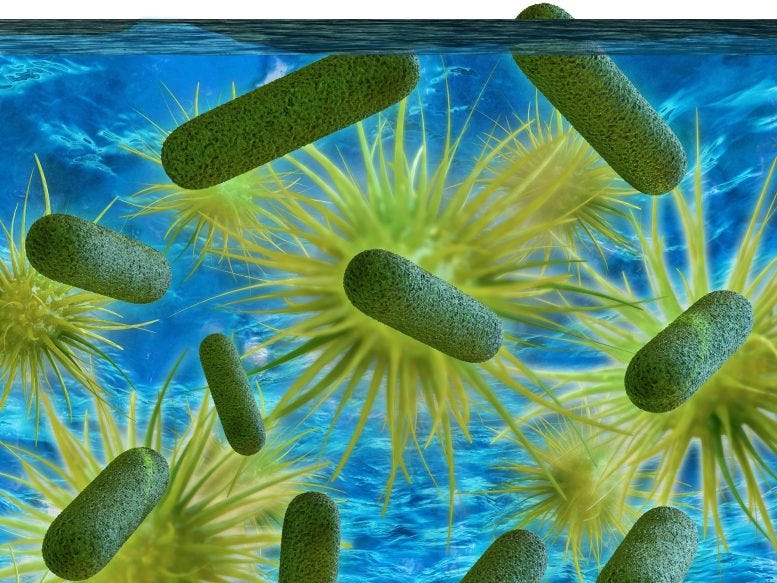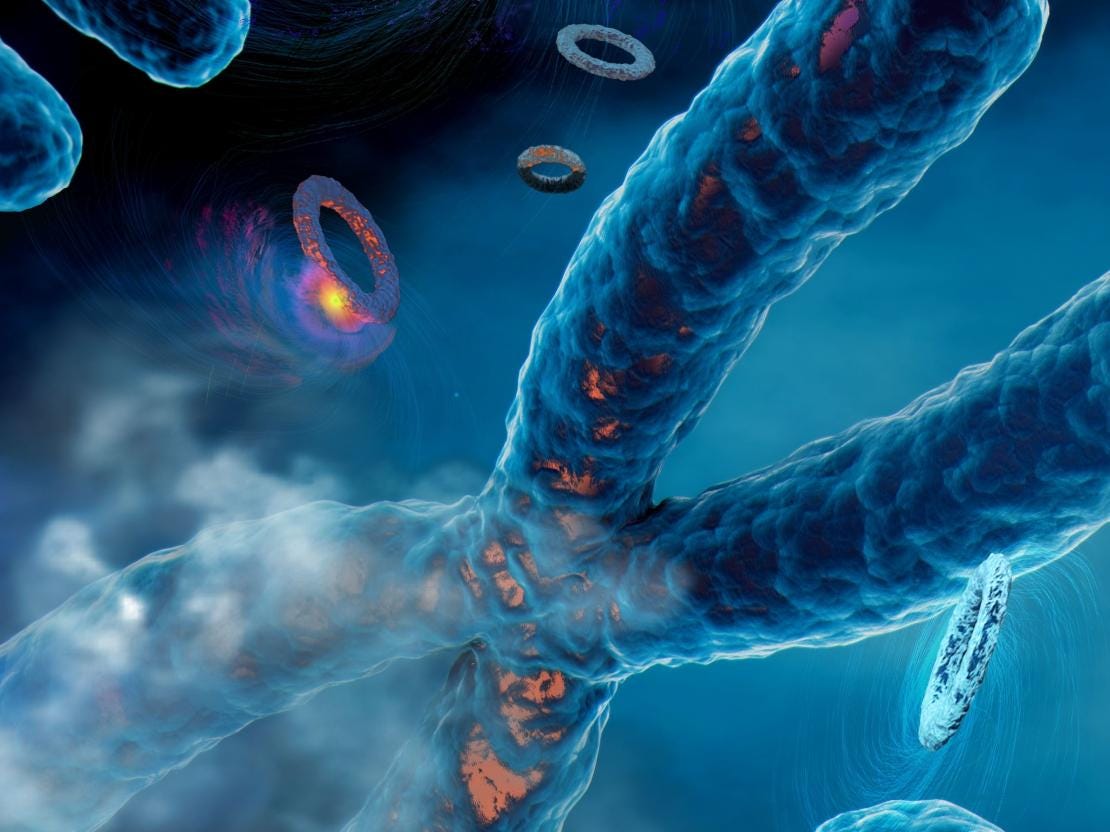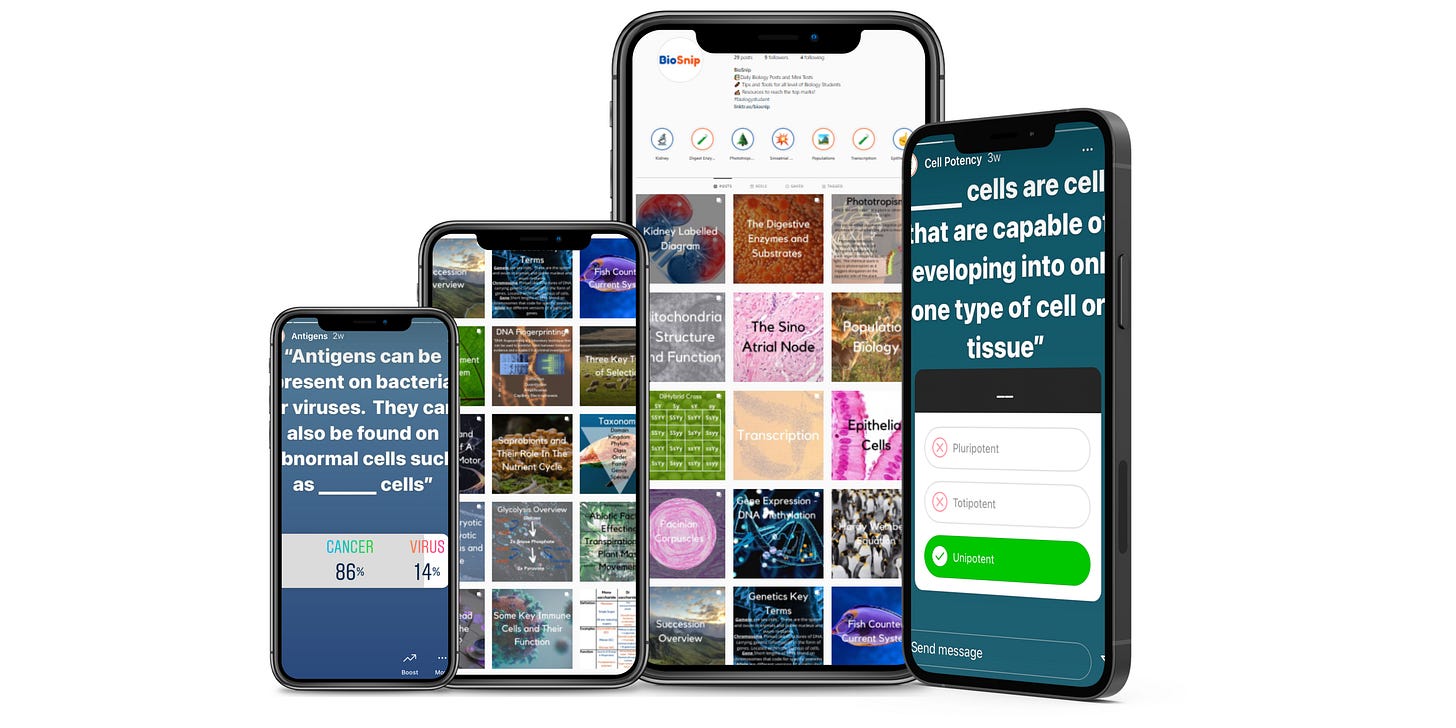#15 Major Protein Group In Nature, Microbes Contributing to Bone Health and Reducing Cocaine in Rodents...
Researchers find acetylcholine receptor key to reducing cocaine use, newly discovered protein switch is in all domains of life and the importance of the oral microbiome in jaw health.
🐀Reducing Cocaine Use In Rodents…
Researchers find acetylcholine receptor key to reducing cocaine use in rodents…
Drugs of abuse such as cocaine disrupt the brain’s reward system and so shift the users’ priority to obtaining more drugs above all else - addiction. Whilst it is commonly known that this persistent craving is notoriously difficult to overcome, new research points towards a therapeutic strategy.
MIT’s McGovern Institute for Brain Research and collaborators reported that activating a signalling molecule in the brain named muscarinic receptor 4 (M4) causes rodents to reduce the self administration of cocaine. M4 receptors are found on the surface of neurons in the brain and alter signalling in response to the key neurotransmitter acetylcholine. They are plentiful in the striatum, a small group of subcortical structures related to movement and rewards, as well as habit formation as recently shown by MIT’s research team.
Drugs such as cocaine work through stimulating the brain’s habit circuits and allow dopamine to build up. Furthermore, chronic use means that the brains circuitry becomes less sensitive to the dopamine and so higher doses are required to seek the same previously highly pleasurable experiences. Whilst attempts that directly block the dopamine system have been ineffective in treating addiction and can have unpleasant or dangerous side effects, resultantly researchers are seeking an alternative strategy to restore balance within the brain’s reward system.
"Another way to tweak that system is to activate these muscarinic receptors," explains Jill Crittenden, a research scientist in the Graybiel lab. Collaborators at the university of Copenhagen have found that through activating the M1 receptors, rodents choose a food treat over cocaine. In new work, she has shown how a drug that selectively activates the M4 Receptor has a similar effect. When rats that have been trained to self administer cocaine are given an M4 activating compound, they instantly reduce drug use and actively choose food over cocaine. This was shown to grow stronger in effect over a 7 day course of treatment with consistent cocaine use decline, however, when M4 activating treatment stopped the rats quickly resumed their prior cocaine-seeking behaviour.
While these experiments show that animal’s cocaine use can be reduced by the activation of either M1 or M4, it is clear that the two muscarinic receptors do not modulate cocaine in the same way. M1 works on a different time scale, taking longer to kick in as well as leaving some lasting effects following the discontinuation of treatment. This is further supported through the experimentation on genetically modified mice. They confirm that the two receptors influence drug seeking behaviour through two different molecular pathways. The team previously discovered that activating M1 has no effect on cocaine seeking in mice that lack a signalling molecule named CaIDAG-GEFI. M4 activation, however can reduce cocaine consumption regardless of the presence of this signalling molecule. "The CalDAG-GEFI is completely essential for the M1 effect to happen, but doesn't appear to play any role in the M4 effect," Thomsen says. "So that really separates the pathways. In both the behaviour and the neurobiology, it's two different ways that we can modulate the cocaine effects."
Graybiel’s lab have been interested in the CaIDAG-GEFI molecule since the late 1990s, upon discovering its high presence in the brain. Following years of research Graybiel says it’s gratifying to finally have shed light on the potential therapeutic strategy for substance abuse disorder.
🏞️Protein Group - Major Role in Nature
Researchers discover protein switches key to all domains of life…
Proteins are key molecules in every living cell and constitute the chemical basis of life, their function is dependent on both changing internal and external conditions such as adaptation in organisms.
The University of Göttingen recently discovered a new group of proteins functioning as a switch to regulate biological activity. The research team has analysed all known protein structures, this group exists in viruses, bacteria, fungi, plants and animals - all domains of life. The team initially discovered the new, NOS, protein switch named after the atoms of Nitrogen, Oxygen and Sulphur which are connected in the human pathogen Neisseria gonorrhoeae. The initial focus held by the research team was the extent to how widespread this switch was in nature. Having now analysed the entire database of known protein switches the computational analysis produced hundreds of hits, all of which going on to be analysed in greater detail. “Investigating these structures was an exciting endeavour. It was like travelling into the unknown for us,” recalls Professor Kai Tittmann, University of Göttingen, who led the study.
The novel NOS switch was found to exist across all domains of life, often at sites of proteins that are essential for biological function. Numerous proteins from some of the most dangerous human pathogens contain the switch including a key enzyme from the SARS-COV2 coronavirus, the switch in fact is a target for the recently approved antiviral drug for patients with more moderate COVID-19. In addition, researchers have discovered several new chemical forms of the NOS switch, which turns out to be a universally used regulation platform. These proteins play central roles to almost every aspect of cellular activities including the expression of genes, signalling in and between cells, or metabolism.
“We believe that the discovery of these new protein switches will be a springboard for the development of a novel class of drugs that directly targets these switches,” says Tittmann. “Many human proteins with known roles in severe diseases as well as proteins from bacteria and viruses are now known to be controlled by such switches. The newly identified switch is likely to play a central role in regulating their biological function as well.”
🦴Microbes contributing to bone health
The oral microbiome contributes to jaw bone health through influencing immune cells…
Researchers have shown that commensal microbes in the mouth are key in modulating the immune responses in the jaw bone, this contrasts the actions of commensal microbes on other organs or body surfaces such as the skin.
It is clear that the human microbiome, the collection of bacteria, viruses and fungi that live both on and within us, can significantly contribute to our health. The Medical University of South Carolina who focus on studying the osteoimmunology, the interface of the skeletal and immune system, examined the impact of the oral microbiome on the alveolar bone (jaw bone). This unique bone houses and supports our teeth. Recently published results show how healthy microbes in the mouth can activate a subset of immune cells within the bone marrow of the alveolar bone. In turn this can promote osteoclastic cells that are responsible for breaking down the bone. Furthermore, they went on to show how depleting the healthy oral microbiome using an antiseptic mouthwash, protected against this bone loss and so demonstrated a direct link between microbiomes in the mouth and naturally occurring alveolar bone loss.
The alveolar bone is different from other bone tissues due to its role in supporting the teeth," said Chad M. Novince, D.D.S., Ph.D., associate professor in the colleges of Medicine and Dental Medicine. He went on to say that "What is most fascinating to me is that we were able to show that the commensal oral microbiota modulates the communication between immune cells and bone cells, separate from other microbiota communities, that impact alveolar bone health."
Previously, the lab utilised mouse models with a defined microbiota and so demonstrated specific commensal microbes in the gut influencing development and homeostasis. This current study allowed them to focus on the oral cavity, a significant and unique space where microbes colonizing the mouth are in close proximity to the alveolar bone. In order to understand the relationship of microbes and the immune cells within the oral cavity the lab pioneered two techniques. Firstly, innovating through collecting bone marrow from the mandible of the mice, and so enabling in depth studies on immune cells within the alveolar bones. Secondly, through developing a novel way to deplete the microbes from the oral cavity of the mouse. The team innovated a unique delivery sponge loaded with chlorhexidine (gingivitis antiseptic) to perform an oral rinse on the mice. Suppressing the commensal microbial load in the oral cavity, while not altering the commensal microbiota at other sites, dampened the immune response in the alveolar bone marrow. As a result this dampened immune response supressed bone resorbing osteoclast cells which had an overall protective effect on alveolar bone loss due to the burden of commensal microbes.
Bone marrow analysis from the mandibles of the mice revealed that a subset of immune cells were activated by the presence of commensal oral microbes. Dendritic cells are a class of cells that link innate and adaptive immunity - critical of protective immune responses against pathogens. These cells which act like sentinels of the immune system, alert other immune cells to the presence of microbial invaders. The other important group of cells activated by the presence of commensal oral microbes were CD4+ helper T-Cells. These cells are key in helping to coordinate the immune response during an infection, these cells are ultimately supported by osteoclasts.
Together this data suggest a tightly coordinated pathway in which commensal oral microbes influence alveolar bone health.
Weekly Topics
🏞️ Environmental
Environmental benefits of whale stranding’s
Polar bear inbreeding and bird divorces
Potentially toxic levels of pharmaceutical drugs found in rivers across the world
🦭Marine
45,000 marine species at risk…
North east dog illness cause - finally found…
Jordan scrambles to save rare Red Sea corals
🐼 Conservation
Covid in deer - Issue for Humans?
Gut microbes help hibernating ground squirrels
More than 9,000 tree species await scientific description
🦠 Disease and Illness
Drug delivery system offers hope for treating genetic diseases
Gene editing on ticks - Insights into disease prevention
The war on cancer isn’t won yet
😷 COVID
Omicrons molecular structure could explain global takeover
Major support to Yale COVID-19 research
Smartphone based COVID-19 detection system
🧪 Biochemistry
World’s first molecular level analysis of Omicron spike protein
Novel PARP-like enzyme in mitochondria
Plant smoke detectors evolve as hormone sensors
🔬 Evolution
Examining sudden evolutionary change
Top scientific problems with evolution: Mutation
Stone tool making and using abilities in Orangutans
🧬 Genetics
Optical genome mapping holds potential - diagnostics
Biology behind autism’s sex bias
New computational tool predicts cell fates
📷 Weekly Camera Roll
Click on the text below to keep reading…
Reference List
Content may be adapted and edited for style and length.
🐀Reducing Cocaine Use In Rodents…
PHYSORG (2022) https://phys.org/news/2022-02-specific-acetylcholine-receptor-brain-cocaine.html
Thomsen, M., Crittenden, J., Lindsley, C. and Graybiel, A., 2022. Effects of acute and repeated administration of the selective M 4 PAM VU0152099 on cocaine versus food choice in male rats. Addiction Biology, 27(2).
🏞️Protein Group - Major Role in Nature
Technology Networks (2022) https://www.technologynetworks.com/tn/news/protein-group-found-to-play-major-role-in-nature-358656
Rabe von Pappenheim F, Wensien M, Ye J, et al. Widespread occurrence of covalent lysine–cysteine redox switches in proteins. Nat Chem Bio. 2022. doi: 10.1038/s41589-021-00966-5.
🦴Microbes contributing to bone health
Medical University of South Carolina. "Living in a microbial world: The healthy oral microbiome contributes to jaw bone health by influencing immune cell interactions with bone cells." ScienceDaily. ScienceDaily, 16 February 2022. <www.sciencedaily.com/releases/2022/02/220216121825.htm>.
Jessica D. Hathaway-Schrader, Johannes D. Aartun, Nicole A. Poulides, Megan B. Kuhn, Blakely E. McCormick, Michael E. Chew, Emily Huang, Richard P. Darveau, Caroline Westwater, Chad M. Novince. Commensal oral microbiota induces osteoimmunomodulatory effects separate from systemic microbiome in mice. JCI Insight, 2022; DOI: 10.1172/jci.insight.140738








